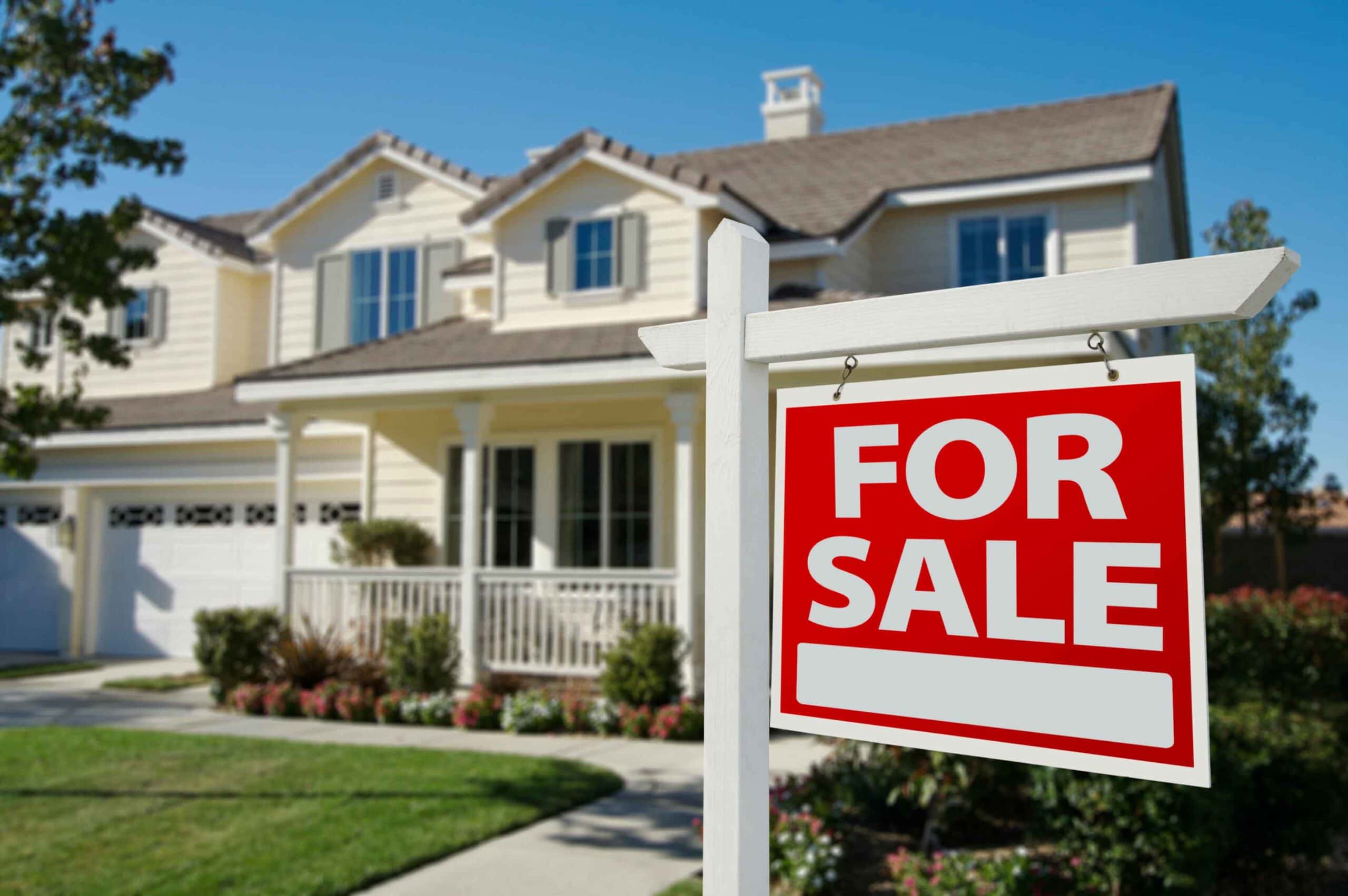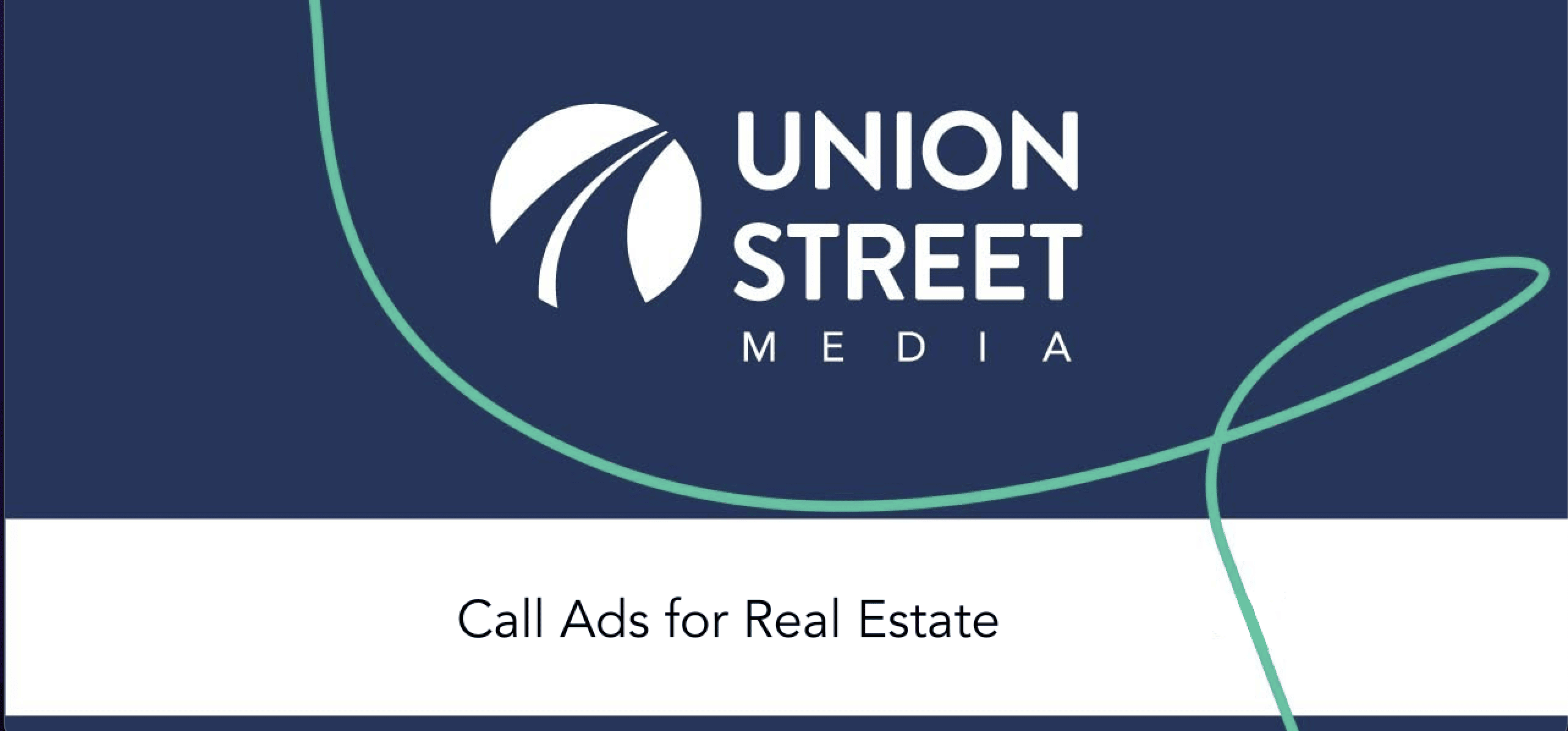How Email Marketing for Real Estate Has Changed
Emailing, like so many other methods of communication, has experienced a huge shift in the past two years. New preferences, behavior changes, and a deeper relationship with digital have changed the way people view and engage with email. What remains true is that email marketing is — or should be — a staple of the best real estate digital marketing strategies. Its cost effectiveness and ability to connect are unmatched and we expect that to continue to be the case for years to come.
7 Email Marketing Trends for Real Estate
Emails are used for a variety of reasons, like keeping your audience up-to-date with company news, information on services offered, new listings available, market updates, and so much more. Email is also an essential communication channel for your current and past customers, to move the transaction forward and to generate repeat and referral business. Below we dive into the latest email trends for real estate and how to incorporate them into your digital strategy.
- Using AI for optimization
- Personalization is best
- Easy to scan messaging
- Improving accessibility
- More interactive elements
- Optimize for mobile
- Prioritize privacy
Using AI for optimization
Implementing artificial intelligence, or AI, into your email marketing strategy is one of the best ways to streamline your marketing efforts and has increased in popularity as companies, email lists, and machine learning all continue to grow. Plus, AI for real estate can give you great insight into your audience such as what interests your potential buyers most and whether speed or price are most important to your potential sellers. With the help of AI you can determine the best times to send emails, craft engaging subject lines, easily clean up your lists, effectively segment your lists, and so much more. AI email optimization also helps create personalized email experiences without a ton of extra effort, key because of consumers’ increased preference for specific content and direct messaging (more on that below).
Personalization is best
Because email marketing has seen an increase in automation in order to streamline workflows, personalization can sometimes be overlooked — especially now with so much of our lives online and the sheer number of messages received every day. People want to feel important, like a company is speaking directly to them and their interests, instead of being lumped together with the masses. One of the best ways to do this is to address the email to them by name. Also, take into consideration their specific interests, such as types of homes and preferred areas, products or services they’ve used, past open rates/engagement, questions they’ve asked about the buying or selling process, and other factors. Then, create segmented lists in whichever automated platform you use to ensure that the emails you’re sending out are targeted with them specifically in mind.
Easy to scan messaging
While elaborate emails with flashy features and tons of content may be eye-catching, many people now prefer plain-text emails for their simplicity. Plain-text emails are exactly what they sound like — just text in the body of the email without a whole lot (if any) imagery. These emails get straight to the point and make communicating your message to your clients clearer and more effective. Also because of how many emails are received on a daily basis, busy professionals and people on the go don’t have a lot of time to read lengthy text.
Improving accessibility
Ensuring your emails are accessible to everyone is crucial so more people can receive your message and view it on the device they choose. Some ways to make your emails more accessible include easy-to-read text, and clear images with alt text, and considering your text size and color. A popular method in increasing accessibility is implementing a Dark Mode option for your real estate emails. Dark Mode helps reduce eye strain, increases contrast to read text easier, and saves battery life.
More interactive elements
While plain-text emails have become more popular, there’s still a steady trend of more embellished emails that engage your audience. Because technology capabilities have improved, people expect more features and interactive elements. Incorporating interactive elements and features is a great way to boost engagement and even add a little personalization. Some popular methods include calls to action (CTAs) for scheduling a showing, slideshows of listings, animated gifs, hover-over images, and more. Keep in mind that the more features you add to your emails, the slower they can take to load and the lower the likelihood of someone clicking through. Therefore, we suggest varying content and using plain-text emails for some messages and interactive elements for others — you know what makes the most sense and what’s newsworthy, like an event, that could benefit from a catchy gif versus something that people want to easily digest, like a market update email, for which interactive elements would probably seem more distracting than entertaining.
Optimize for mobile
You’ve probably received an email (or hundreds) where the images are getting cut off or you have to zoom in or out to view the content. Because so many people are spending their time on their phones, making sure emails are optimized for mobile is key and shouldn’t be overlooked. In 2021, over 80% of Millennials use their phones to search for and find their homes. Google has long since prioritized mobile content and user experiences. And our mobile use continues to grow. Ensuring emails are optimized for mobile is key to greater engagement, including lead generation.
Prioritize privacy
Now more than ever, people are aware of their privacy online and want to understand how their personal data is being used. Especially with buying or selling a home, a big decision that involves a lot of personal data, clients looking for companies who are transparent and whom they can trust. This means informing your clients via email about how you’re protecting their information and staying up to date with privacy best practices. Also, be sure to include a clear option for users to opt out of receiving your emails and unsubscribe from your mailing list.
At the end of the day, how people interact with and view emails has shifted, but email marketing itself still remains one of the best ways to communicate with, engage, and attract your leads and customers. Email marketing is the cornerstone of an effective omnichannel marketing strategy, whether for lead generation, sphere marketing (generating repeat and referral business), agent recruiting and retention, or more.
Need help crafting the best email marketing strategy for real estate? Connect with us today for specific recommendations to leverage this tried-and-true channel in new ways and to grow your business online.










